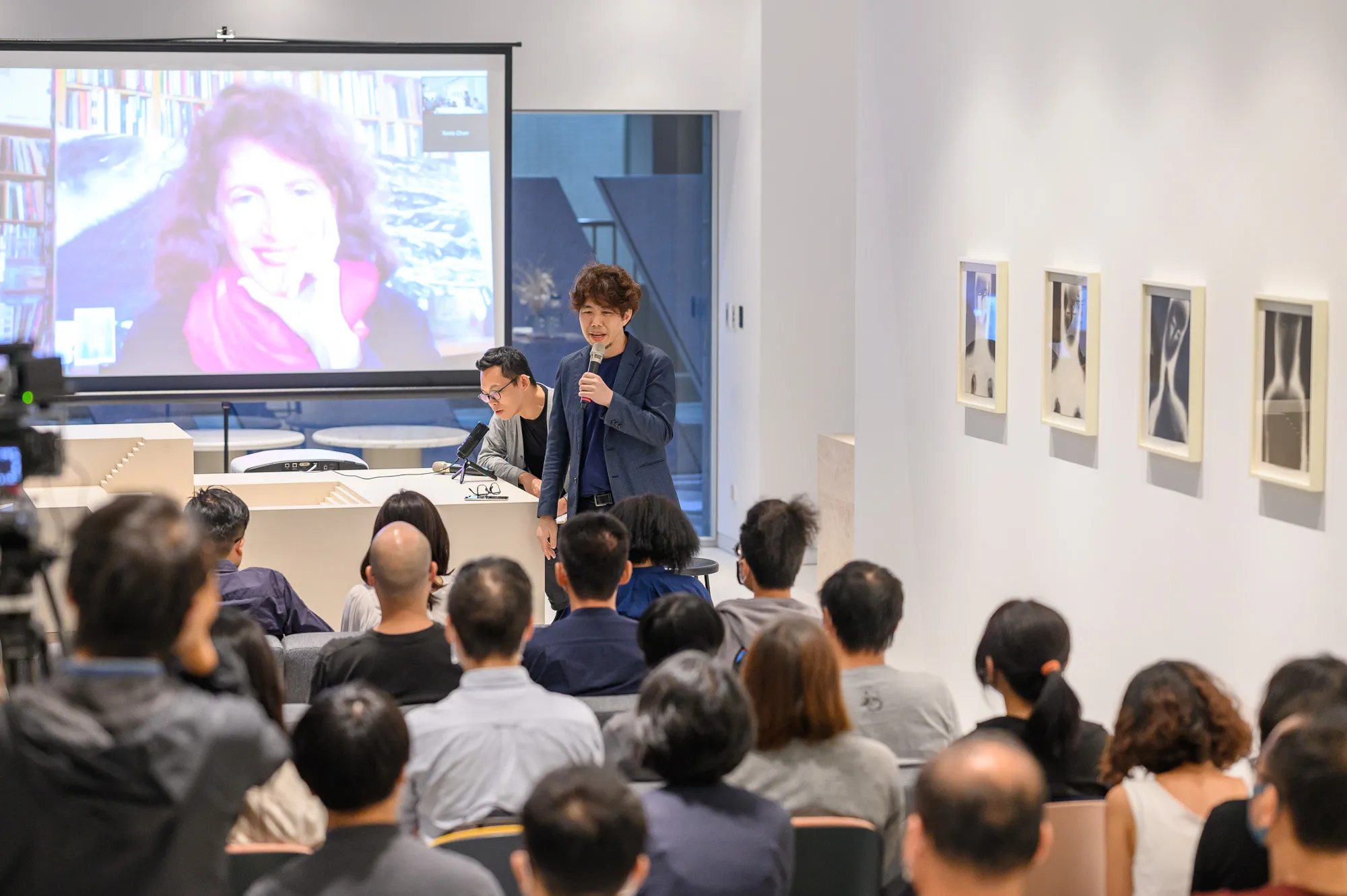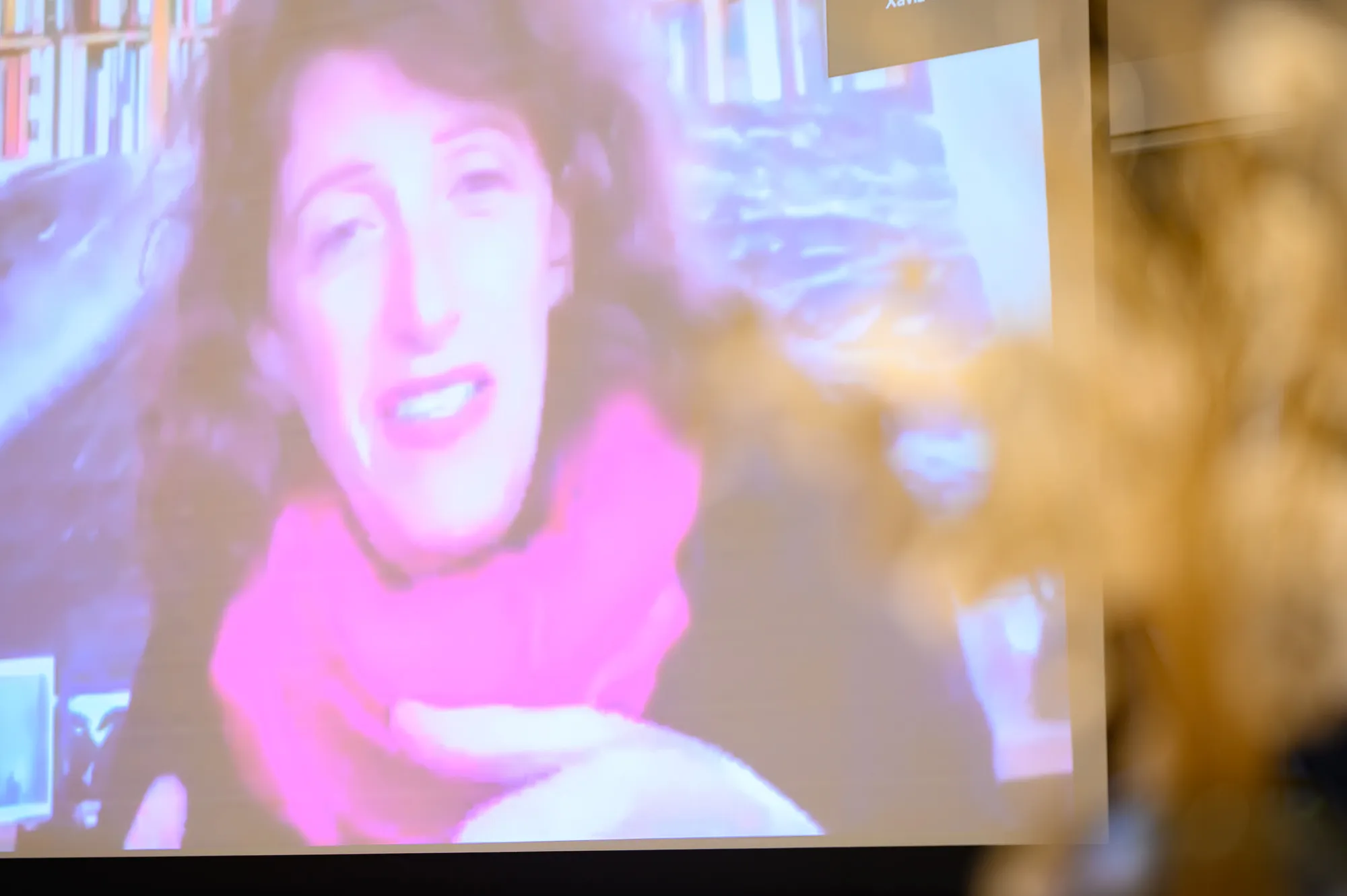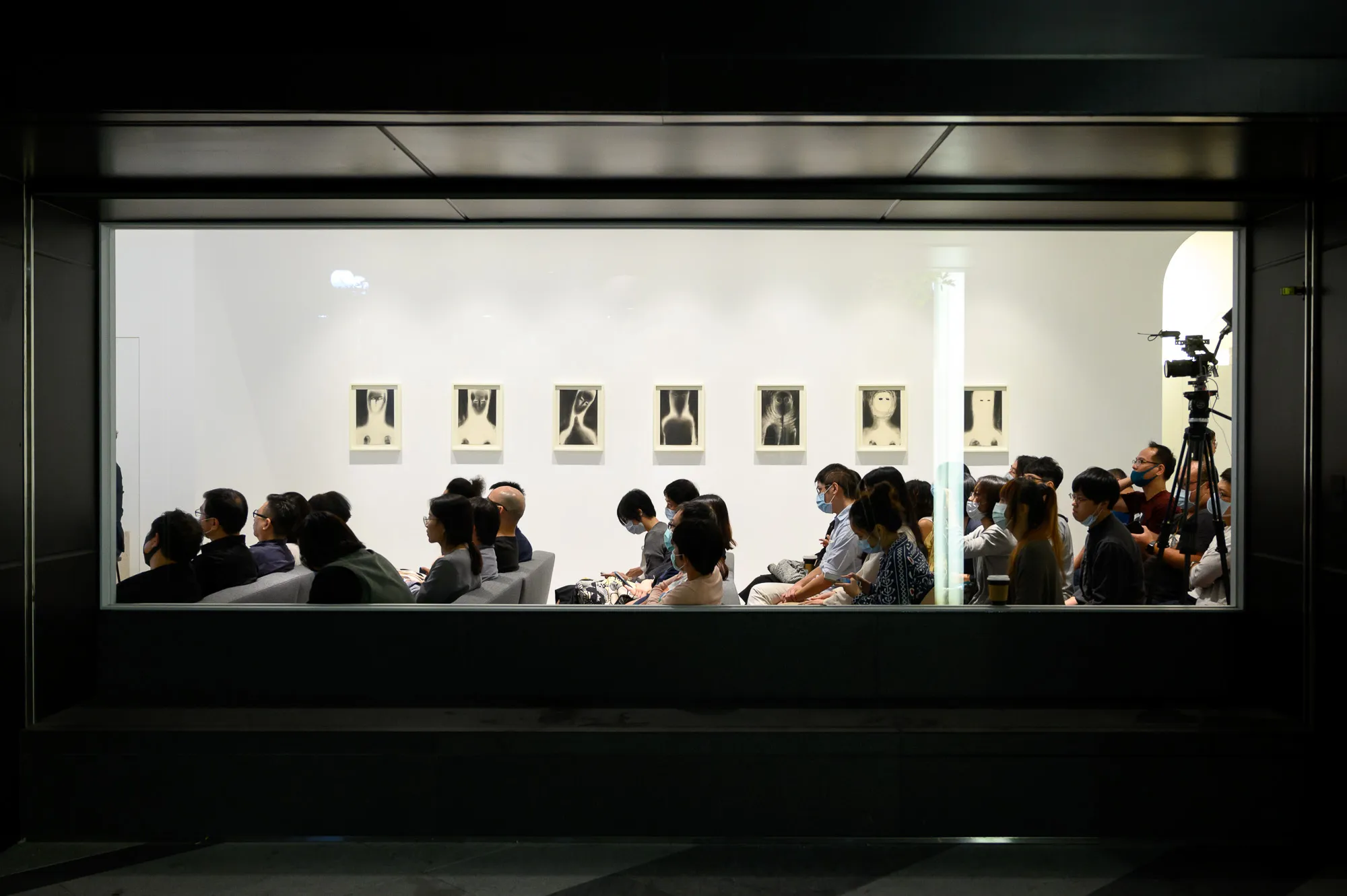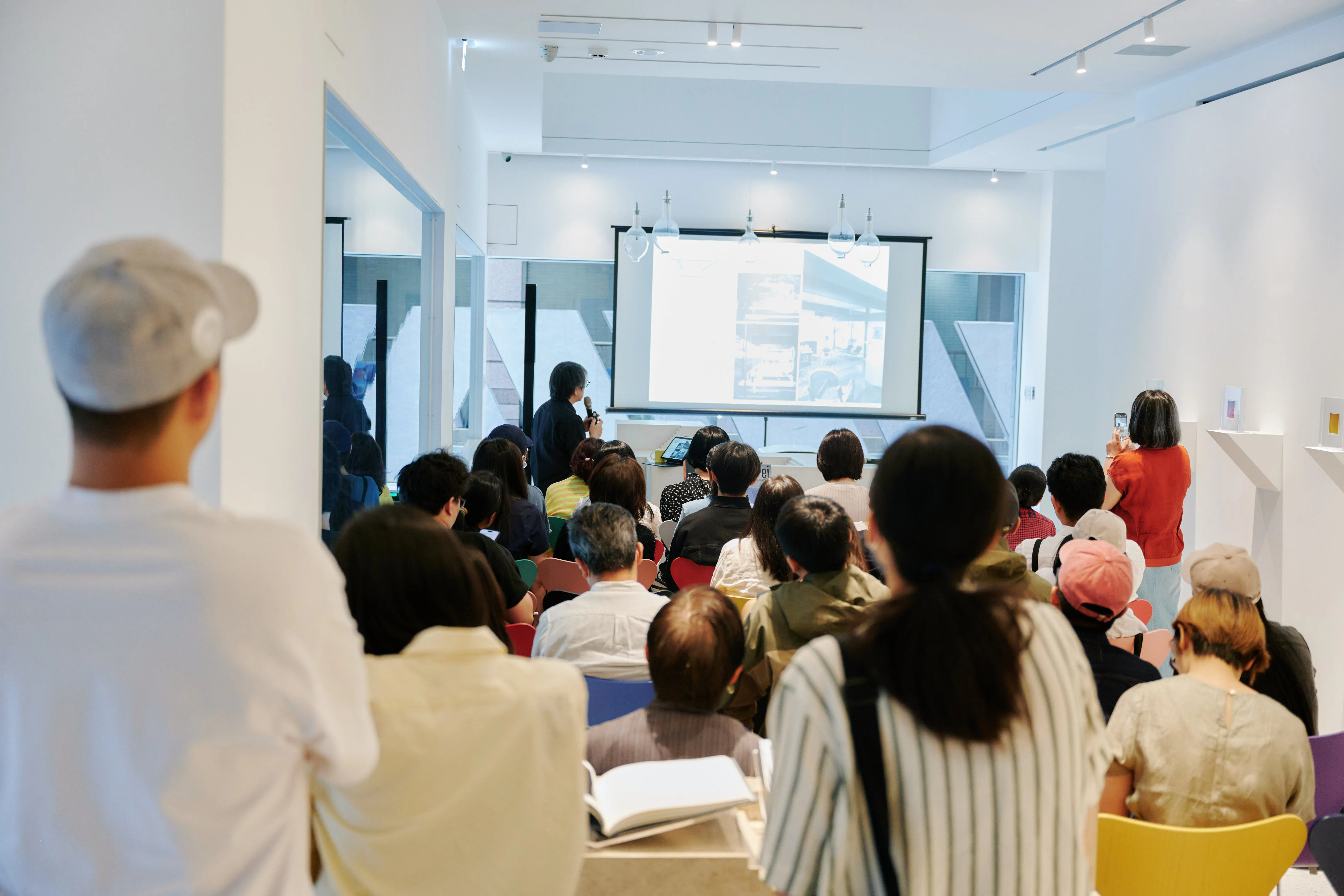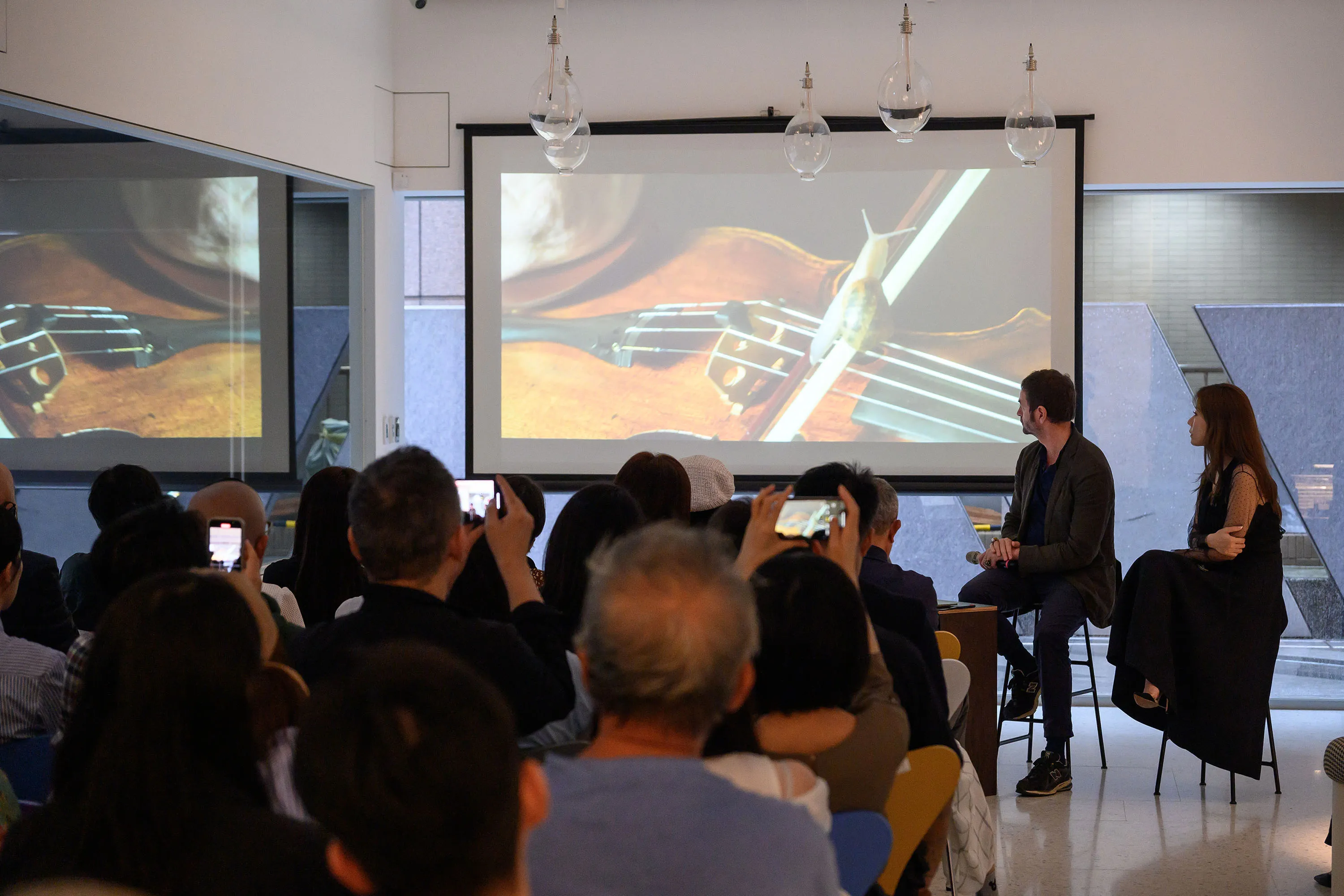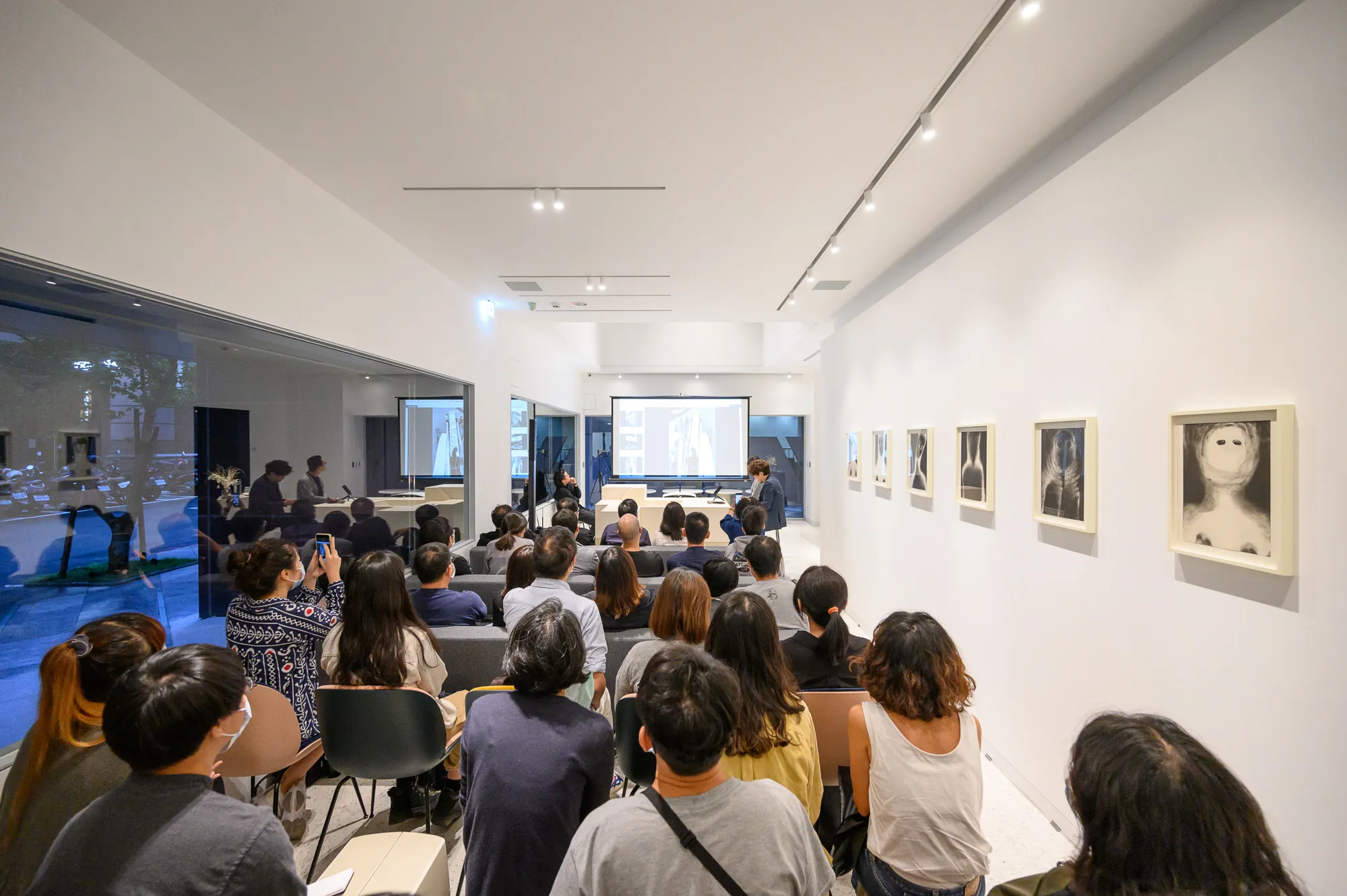
Book Exhibition Salon| Early Encounters with Architecture
Speakers
Architectural photographer Hélène Binet
presiding
Associate Professor, Department of Architectural Design, Chak Chi Kong University, Curator of “The Friendship of Architecture and Books”
locations
Wen Shin Art Center (No. 6, Lane 10, Lane 180, Section 6, Section 6, Minquan East Road, Neihu District, Taipei City)
fees
$300 (one drink included)
Event Content
Hélène Binet is a renowned architectural photographer who has been invited to photograph representative works of many important architects such as Peter Zumthor, Daniel Libeskind, Zaha Hadid, and has been at the Power Museum of Contemporary Art, Shanghai Station of Art) holds a solo exhibition.
In this talk, Elena Bini will be invited from an early age by Alvin Boyarsky, giving her the opportunity to photograph the works of John Hejduk and the work of the Greek architect Dimitri Pikionis “The Road” Speaking of Path, through her camera: How did such a shooting experience have a profound impact on her creative career? How did the emotional impact of that time become the starting point for the creation that burns and continues to be pursued today?
Event Review
Elena Bainey recalls first being influenced by her family friend, designer Jean Petit, who gained a glimpse of the beauty of architecture from the perspective of images and publications, and in 1986, under the influence of her husband, Raoul Bunschoten, who worked for the AA London Architectural Association, embarked on the work of John Black Duck. The Collapse of Time was invited to film, which brought together the story of Dean Boyarsky and Dark Duke. From her later writing she understood the difference between architecture and photography — Blackdeck often used the word “infiltration” to summarize the subterfuge of her education, and also allowed her to discover the power of her creative heart — Binay's attention to detail and preference for black and white abstract images was also cast in Black Dark in Oslo, New York, and the United States. In the photographic record of works by Lager and others. Just as Black Duck uses a “grid” that mixes poetry, knowledge, and art as an exercise for students, she believes that “every picture must be a complete world” within a frame.
In addition to the profound influence of Black Duck, the architectural work commissioned by Boyarsky also became her important encounter with architecture, which led not only to a long collaboration with Peter Zumthor (1943-), but also Daniel Libeskind, 1946- and Zaha Hatti. Zaha Hadid, 1950-2016), etc., photographed the site scene. Binay shared the journey of co-creating a new book with graphic designer and publisher Lars Müller, 1955- during the pandemic, and for the first time made public the church photos taken for the Gottfried Böhm memorial exhibition. In response to audience questions, Binay interprets the relationship between photography and architecture as a performer and composer, hoping that everyone can feel the space she imagines in her work and create their own world just like reading a book.
